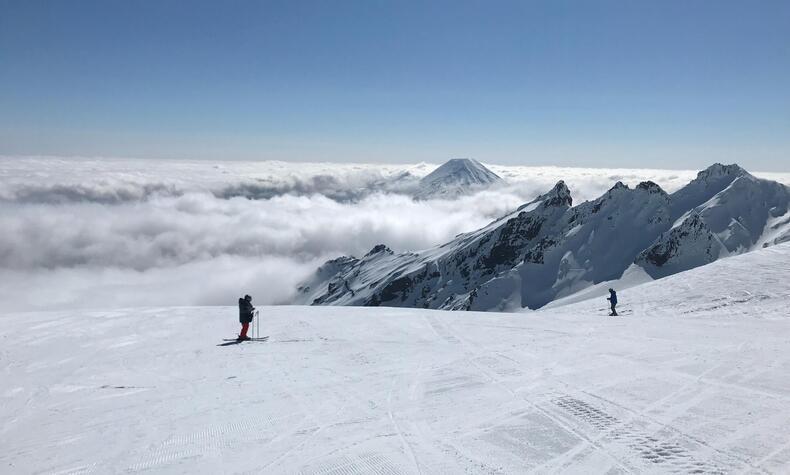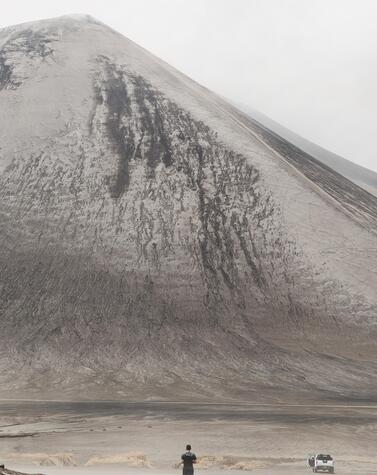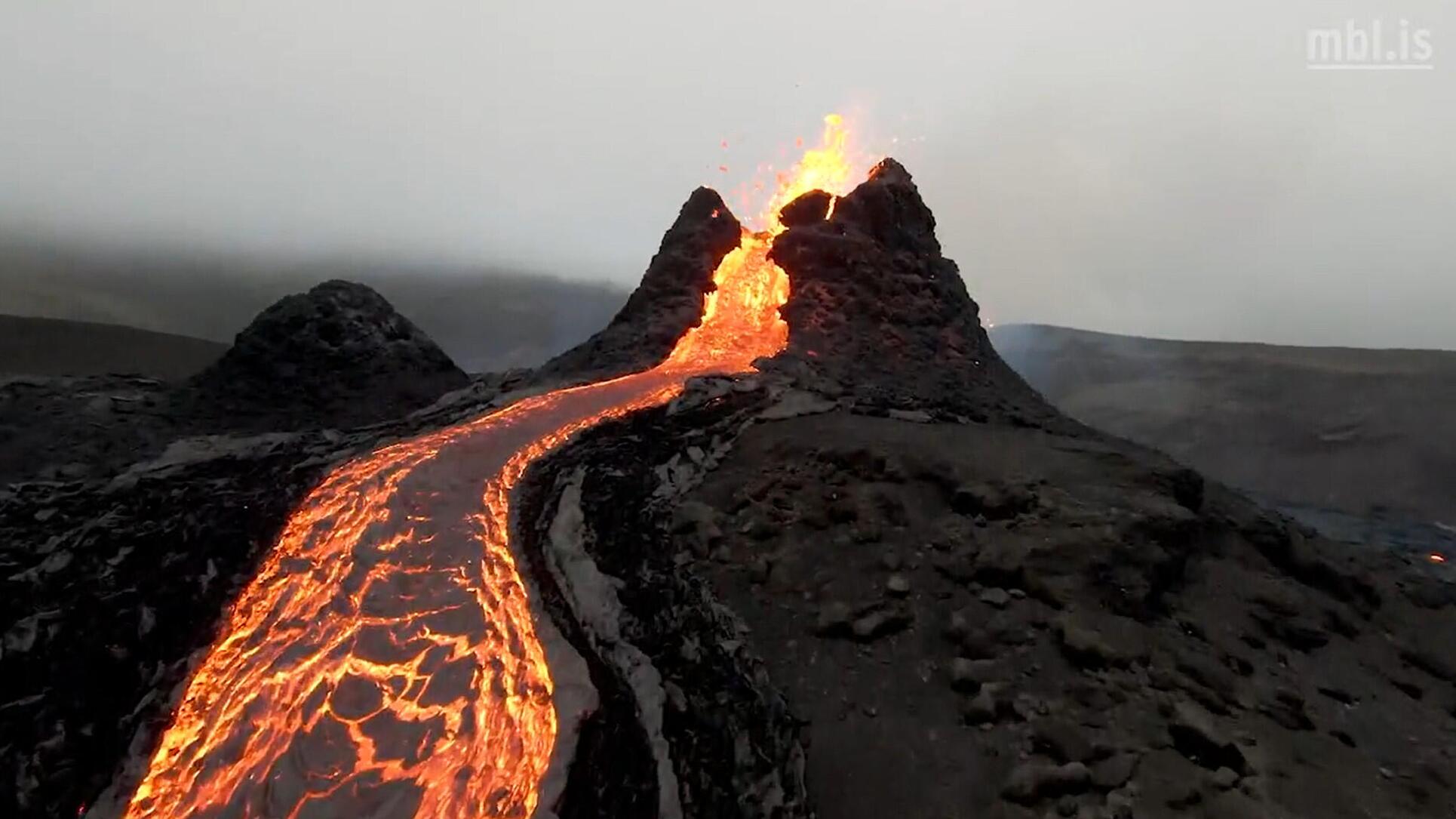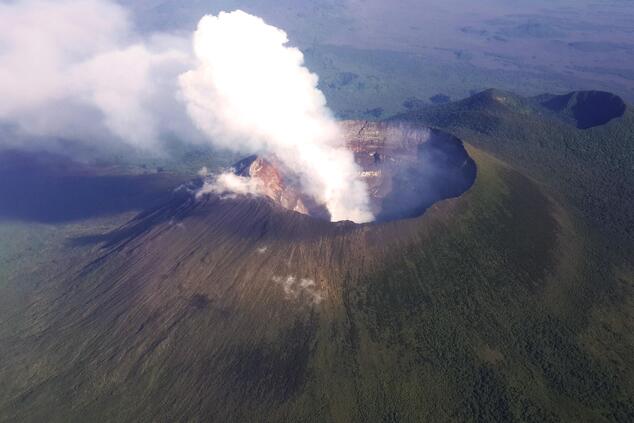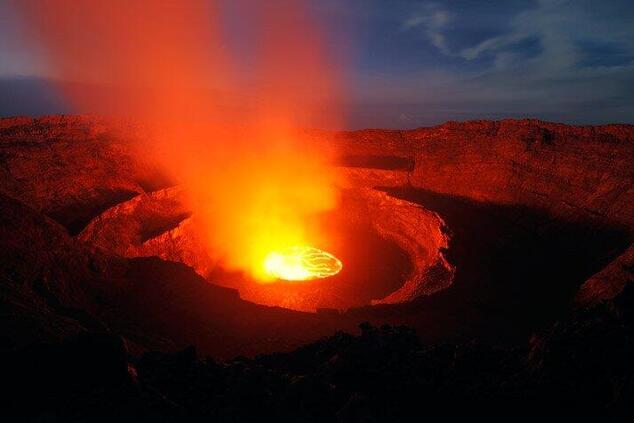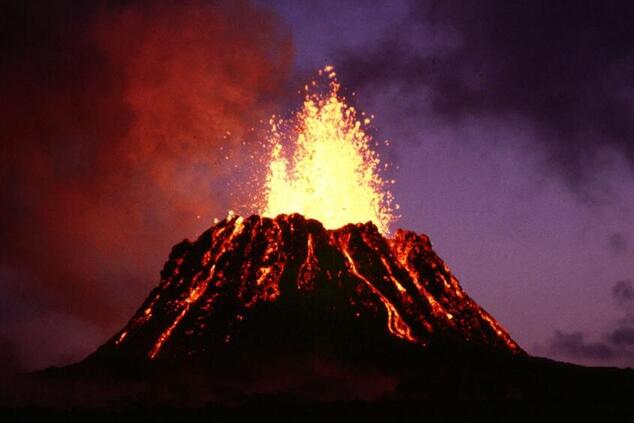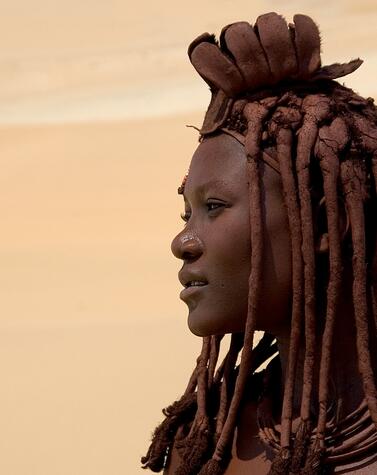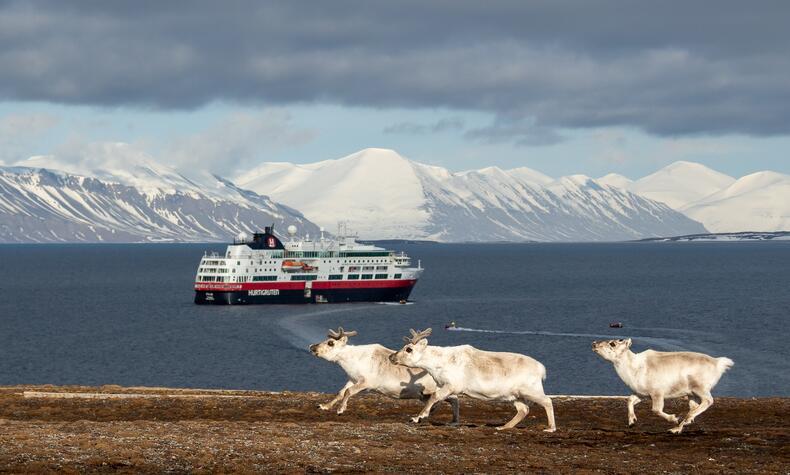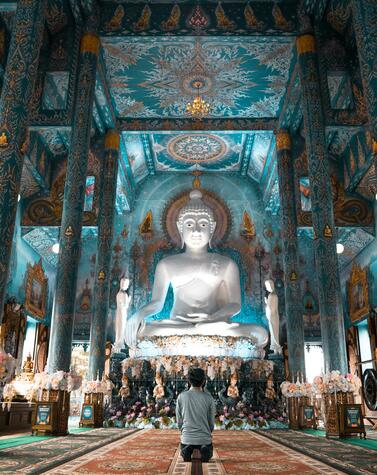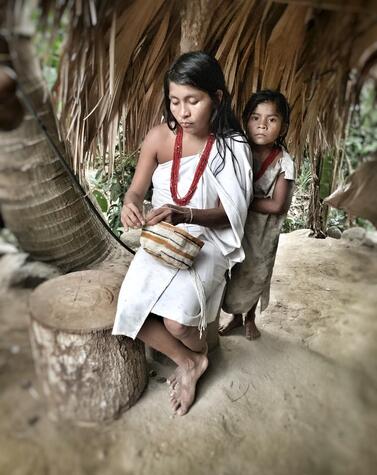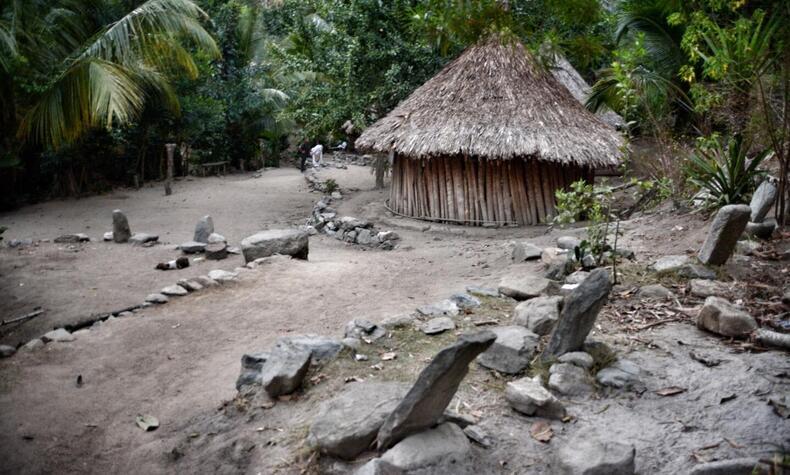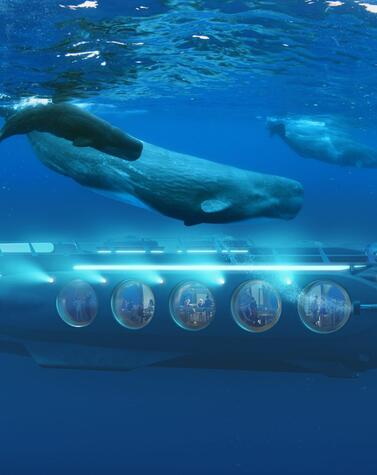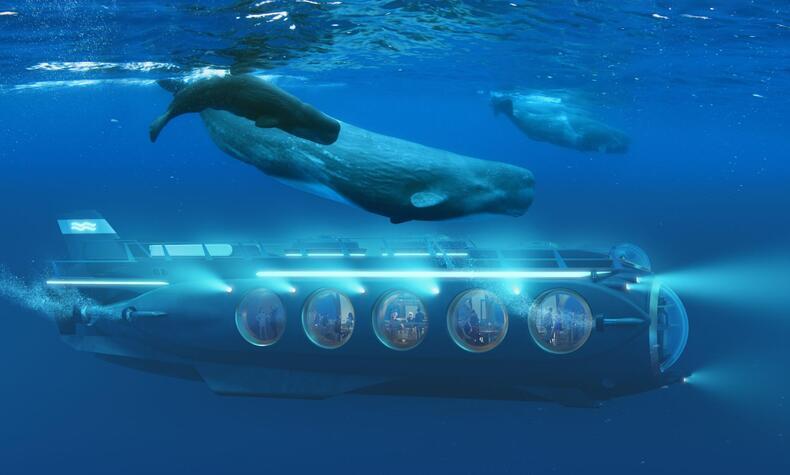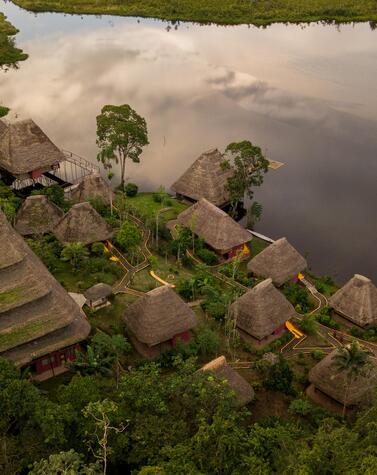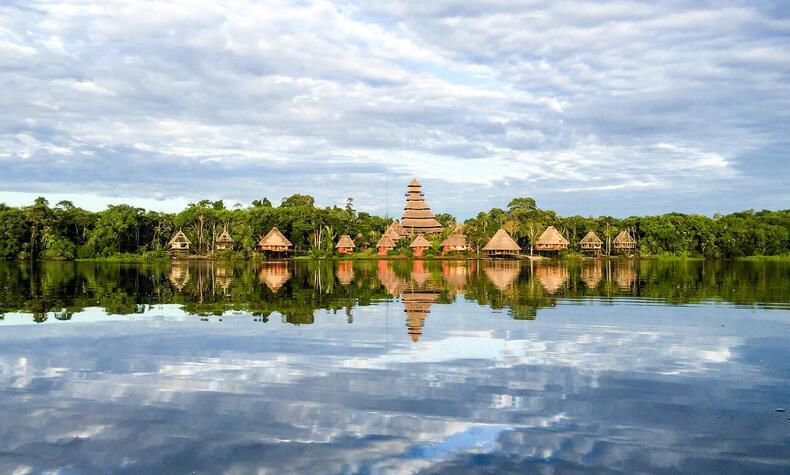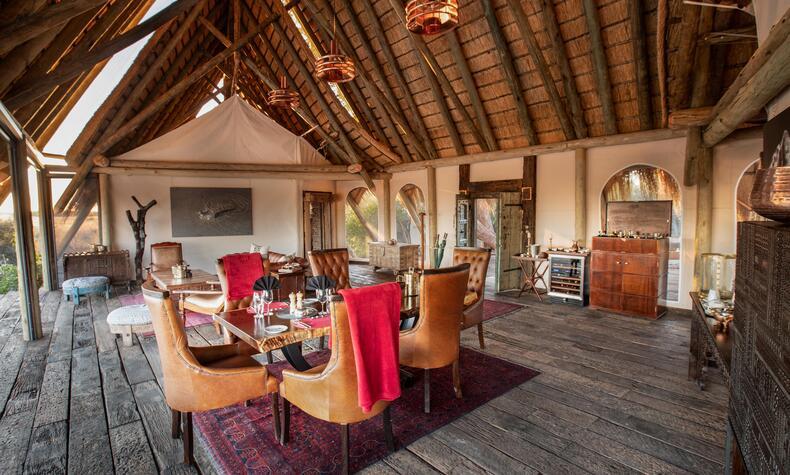Around the world in 15 active volcanoes
In the novel "Journey to the Center of the Earth", written by Jules Verne in 1864, Professor Lidenbrock, his nephew Axel, and the Icelandic guide Hans Bjelke begin their expedition to find the center of the Earth after discovering a runic manuscript in which a 16th century Icelandic alchemist claimed to have reached the center of our planet through the crater of Sneffels, an extinct volcano in Iceland.
The geology and magic of volcanoes have fascinated historians, ancient tribes, scientists, and travelers who, in the pyrotechnic spectacle of fire, light, and lava, have found what we could call one of the most amazing and, in many cases, dangerous phenomena of nature.
If for the Mayans volcanoes represented the deities that controlled the meteorological phenomena and crops, for scientists of the XXI century, there is still much mystery and unpredictability in what makes a volcano erupt at a given time and often can not be predicted, even with the most advanced scientific methods, the scope and duration of the eruption.
We begin, like Professor Lidenbrock, our volcanological journey in Iceland, one of the world's volcanic islands par excellence.
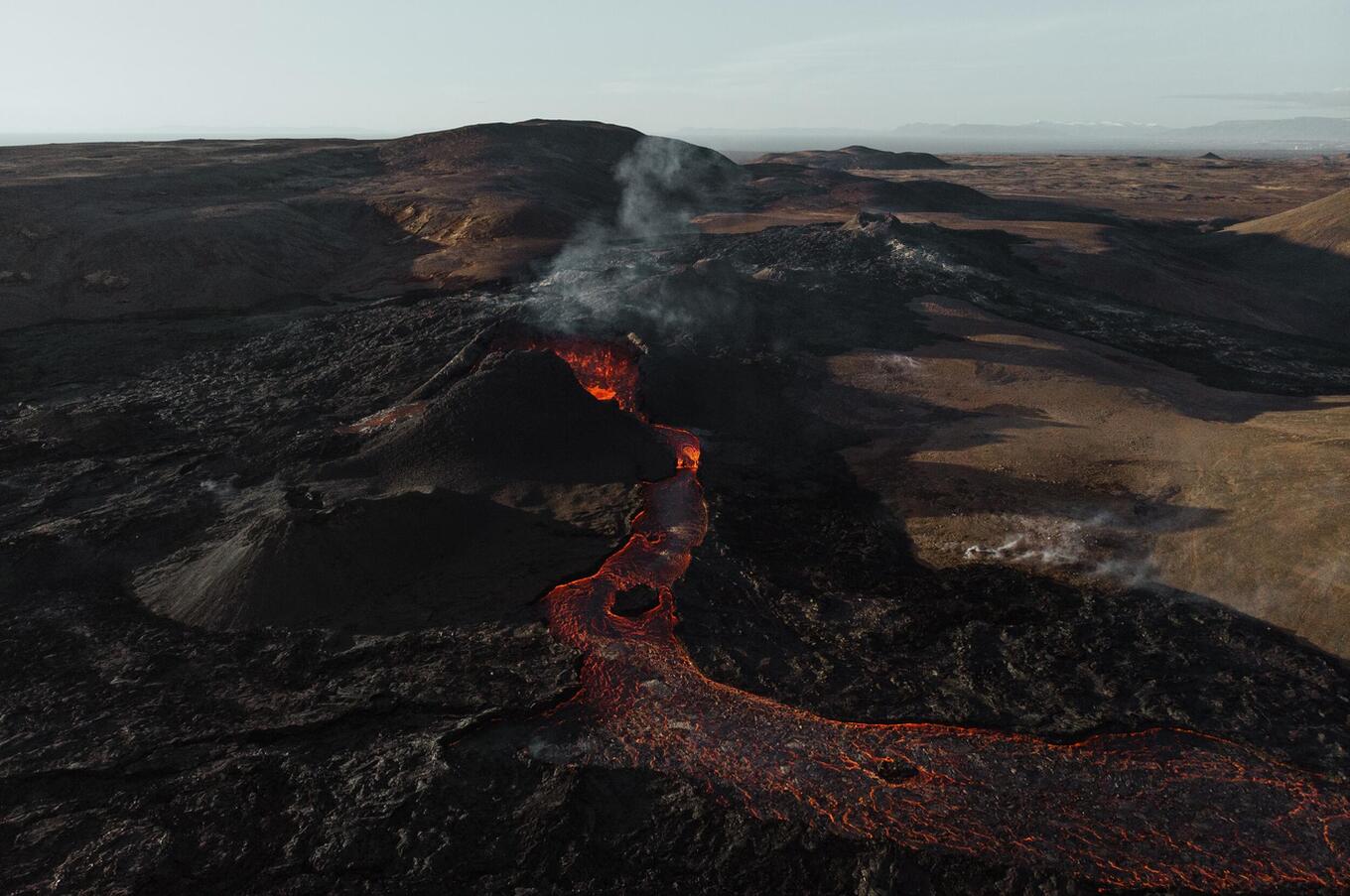
The Fagradalsfjall (Geldingadalur) volcano is located on the Reykjanes peninsula, a few kilometers from the city of Grindavik and about an hour's drive from Reykjavik. The last eruption of this volcano took place in March 2021, and since then, it has been continuously spewing lava without geologists knowing when it is going to stop.,
In Italy, there are two of the best-known active volcanoes in Europe. The Estrómboli is 2,000 meters high and is located on one of the Aeolian Islands, a volcanic archipelago north of Sicily. This volcano has three active craters at the summit and, although the last major violent eruption was in 1930, it continues to expel lava continuously. You can hike up to a height of 750 meters on a 5-hour-long trekking tour and admire the lava in all its splendor at sunset.
Also in Sicily, Etna, at more than 3,330 meters, tops the list of most active volcanoes in Europe and is the second largest. It is in a state of almost constant activity, with eruptions every few weeks. A 4×4 excursion allows you to explore the lava fields and their volcanic caves and tunnels. The fertility of the volcanic soil means that extensive agriculture, with vineyards and orchards, spreads along the mountain slopes.
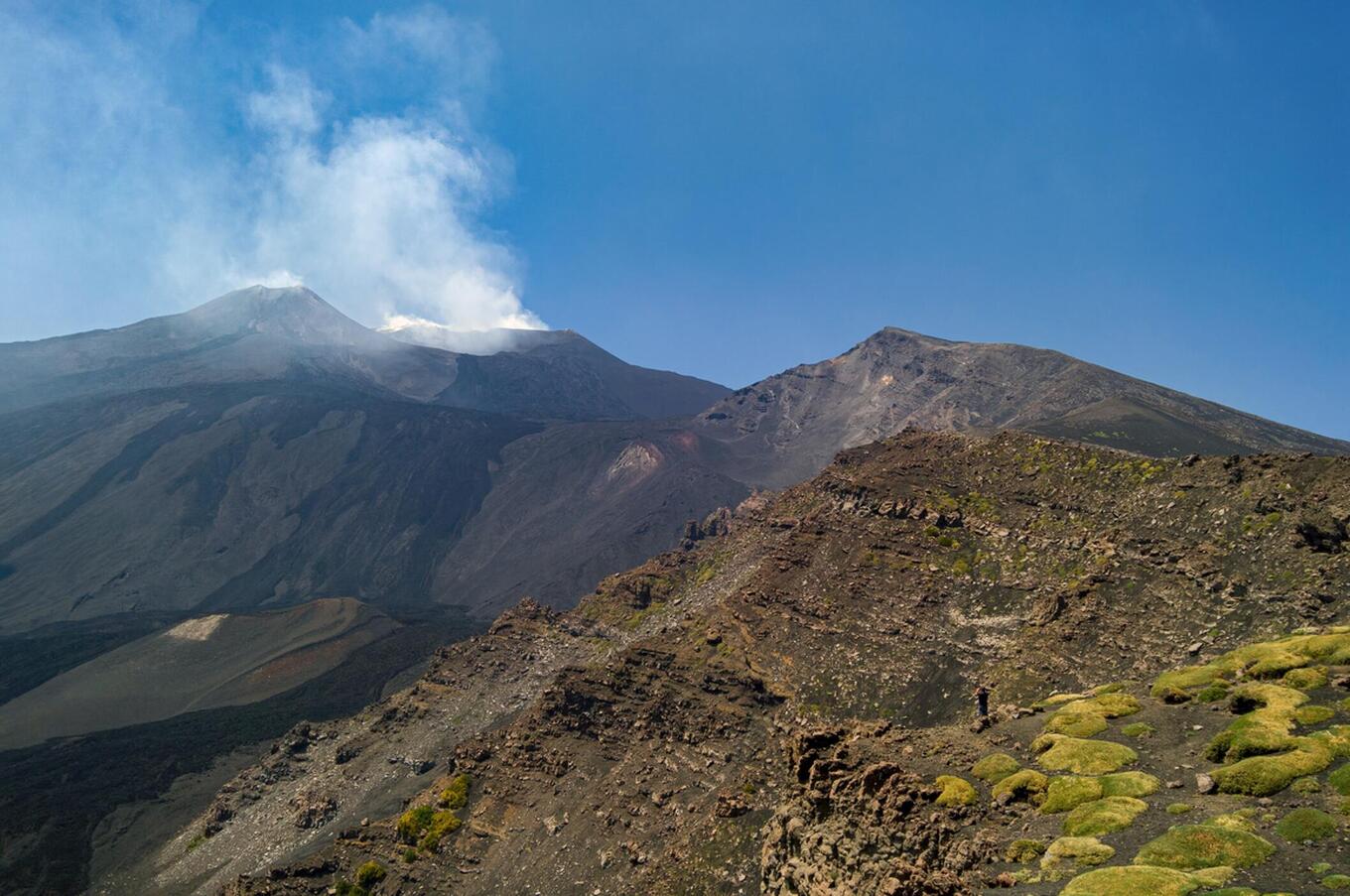
On the French territory of Reunion Island, the Piton de la Fournaise volcano is 2,632 meters high and is among the most active on the planet. It can be accessed relatively easily through a forest road, and you can witness the spectacle of its lava flows.
And in Spain, the Summit Vieja Natural Park in La Palma is one of the most active volcanic areas in Spain. The recent eruption of the Cumbre Vieja volcano occurred in September 2021 and was spewing lava for a total of 85 days.
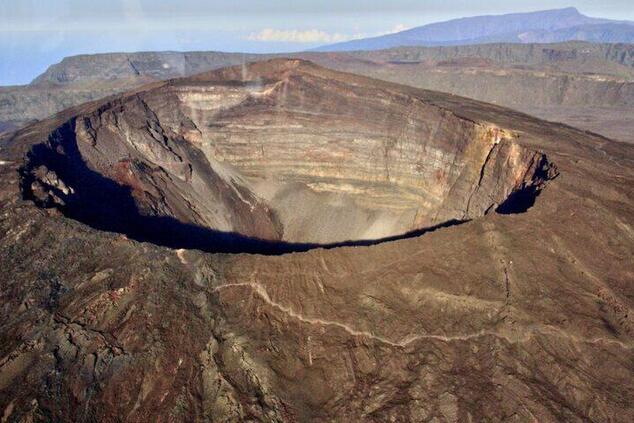
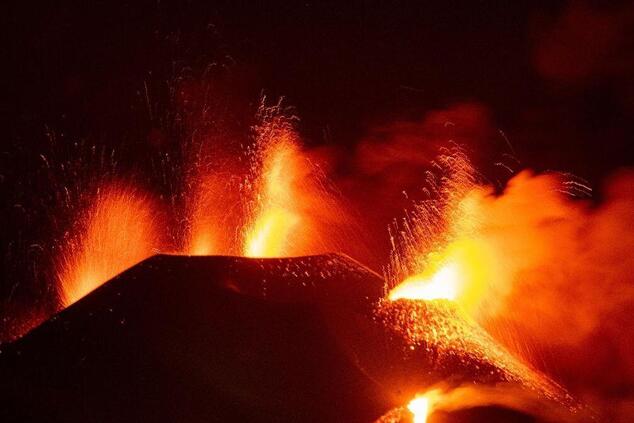
In Africa, the Democratic Republic of Congo, where the mountain Nyiragongo, 3,470 meters, and located in the Virunga National Park, is especially known for its lava lake and has recorded more than 50 eruptions in the last 150 years. The Nyiragongo lava lake is a large magmatic basin almost 230 meters in diameter. It is estimated that its volcanic activity continues to grow and could peak between 2024 and 2027.
If we change continents and travel to America, the Kilauea, in Hawaii, is the most recent and active of the five that make up the island of Hawaii and is estimated to have emerged from the sea about 70,000 years ago. Considered by the natives as the home of Pele, the goddess of Fire, a boat ride allows you to see red-hot lava oozing into the ocean, creating an indescribable effect of boiling water and white steam. One of the largest eruptions of this volcano took place on May 4, 2018.
- Mount Nyiragongo and nearby Mount Nyamuragira are responsible for 40% of Africa's historical volcanic eruptions —
- The lava lake on Nyiragongo was discovered in 1894 —
- The last eruption of the Kilauea volcano took place in December 2020 —
- Kilauea means "spitting" or "spreading a lot" in Hawaiian, in reference to the frequent lava spills from this volcano
In Latin America, the Galeras volcano, in Colombia, is one of the largest in South America. With an altitude of 4,276 meters, it is only 9 kilometers from the city of San Juan de Pasto. We have to go back to 1580 to know about the first documented eruption of this volcano. One of the most recent ones, in which precisely 6 scientists who were working in the area died, took place in 1993.
In Chile, the Villarrica has the peculiarity of being one of the few volcanoes in the world with an active lava lake. At 2,847 meters high, its crater, 200 meters in diameter, has a lava lake boiling at 1,250 degrees.
South of Guatemala, the volcano de Fuego is one of the most active volcanoes on the planet. It has continuous violent eruptions. Since the first documented eruptions in the 16th century, it is estimated that it has erupted 20 times.
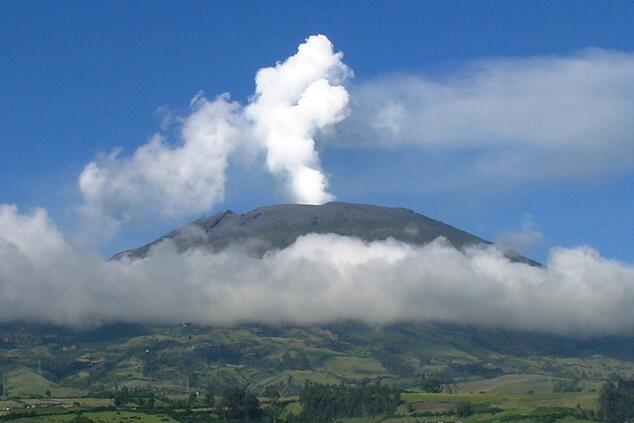
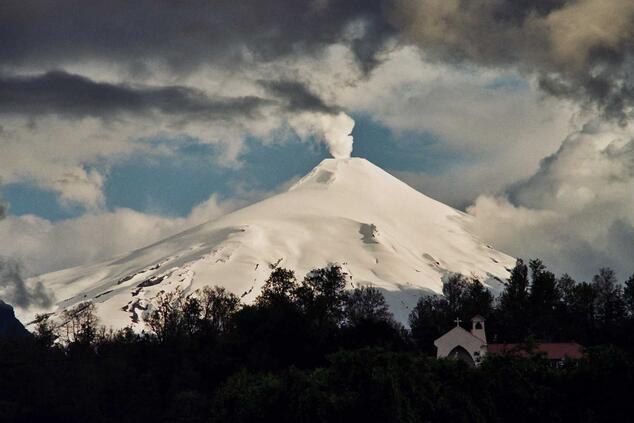
In Asia, one of the most active volcanoes in the world is Mount Merapi, 400 kilometers southeast of Jakarta, in Indonesia. Known as the 'Mount of Fire', in October 2010, its eruption generated an earthquake and a large tsunami that claimed the lives of 272 people.
In Japan, another active volcano and one of the symbols of the country is Sakurajima. In periods of calm, it is quite an experience to visit and take different hiking trails in the surrounding areas.
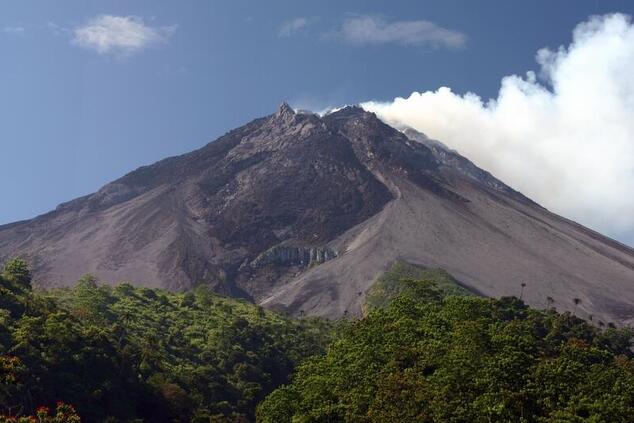
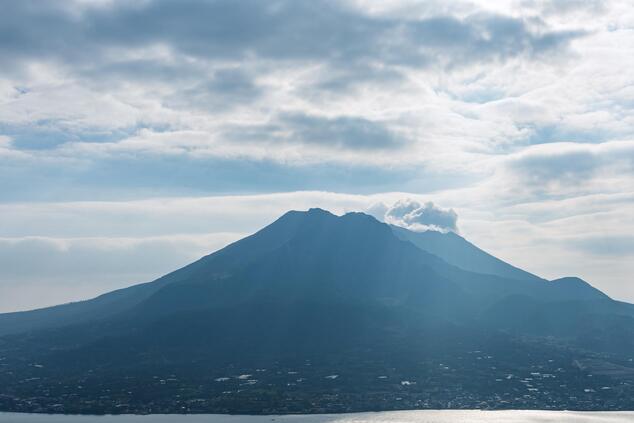
In Oceania, New Zealand is home to many active volcanoes. Mount Ruapehu is the most important in the country, the background for some scenes of the famous movie "The Lord of the Rings", and one of the most active volcanoes in the world. In winter, its slopes are part of one of the largest ski resorts on the North Island.
In Vanuatu, the Ambrym region is known for its intense volcanic activity that includes the permanent presence of lava lakes. There, you can visit the Marum volcano and Mount Yasur, located on the island of Tanna. The latter is one of the most accessible volcanoes in the world due to its low altitude of 361 meters.
